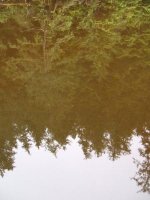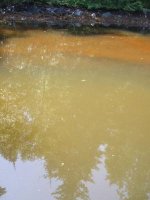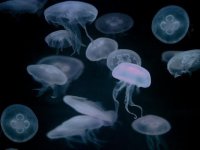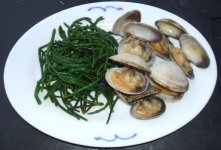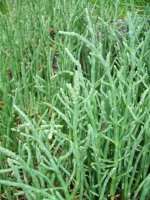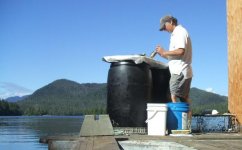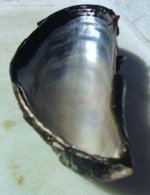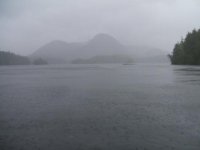With summer, comes plankton. Foggy mornings and hot sunny afternoons have caused a huge proliferation of plankton in the water column this week.
Although the water runs red, it's not really a "red tide" in the sense that ingesting bivalves would lead to paralytic shellfish poisoning. Only warm-blooded animals are affected by PSP, not shellfish itself. Lab testing is done by the Department of Fisheries and Oceans and guaged in "mouse units" depending on the limits of tolerance of living animals. At best, it's a day to day study, but I prefer a more time-honored method of testing. Traditionally, the natives of the region would dig a few clams, lay them in the open and stand back to observe the behavior of crows. Normally, crows LOVE clams, by dropping them from a great height on to rocks. When crows ignore them, it's prudent to do the same.
Aside from diatoms, dynoflagellates make up the next largest body of eukaryotic algae in our northern waters. The toxic components of PSP often come from Gonyaulax sp., which are not evident in large concentrations (at this time).The neighbouring oyster growers are on pins and needles though, because they are in harvest mode.
For me, I couldn't be more delighted. Plankton means food, and food means growth!

